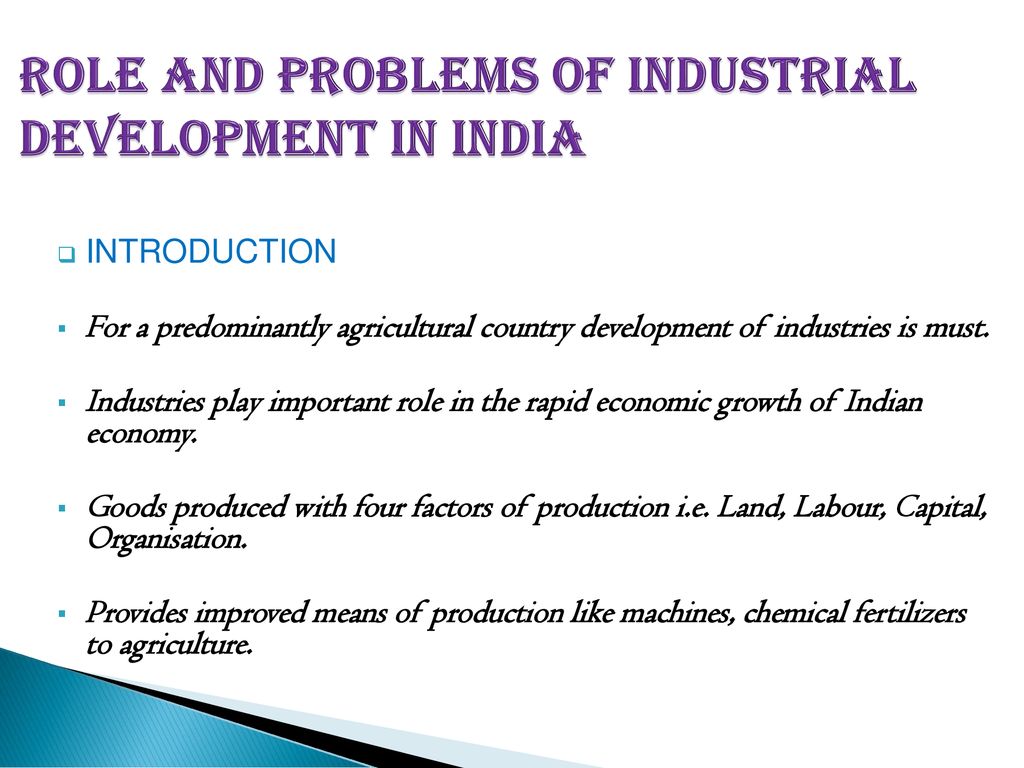Industrial development in India has a long and varied history. From the ancient times, when the country was known for its handicrafts and textiles, to the present day, when it is a major player in the global economy, India has undergone significant transformation in terms of industrial development. In this essay, we will explore the various factors that have contributed to this development and the challenges that have been faced along the way.
One of the earliest factors that contributed to industrial development in India was the country's rich natural resources. India has a diverse range of minerals, including coal, iron ore, and bauxite, as well as a wide range of agricultural resources, such as cotton, sugarcane, and wheat. These resources have played a crucial role in the development of various industries, such as textiles, steel, and aluminum.
Another factor that has contributed to industrial development in India is the country's strong and growing labor force. With a population of over 1.3 billion people, India has a large and growing workforce that is able to support the development of various industries. Additionally, India has a large and well-educated middle class, which has helped to drive demand for a wide range of products and services.
In recent years, the government of India has also played a key role in promoting industrial development. In 1991, the government implemented a series of economic reforms that liberalized the economy and encouraged foreign investment. These reforms helped to create a more favorable environment for industrial development and have contributed to the growth of various sectors, such as IT and manufacturing.
Despite these positive developments, there have also been several challenges that have hindered industrial development in India. One of the main challenges has been infrastructure. India has a large and diverse geography, and many parts of the country are not well connected to major transportation networks. This has made it difficult for industries to reach markets and has hampered the growth of various sectors.
Another challenge has been the lack of access to capital. Many small and medium-sized enterprises (SMEs) in India have struggled to secure financing to invest in their businesses. This has been a major barrier to industrial development, as SMEs are a vital part of the economy and account for a significant portion of employment and output.
Despite these challenges, industrial development in India has come a long way over the past few decades. The country is now home to a wide range of industries, including manufacturing, IT, and services, and is a major player in the global economy. While there are still many challenges to be addressed, the future looks bright for industrial development in India.







